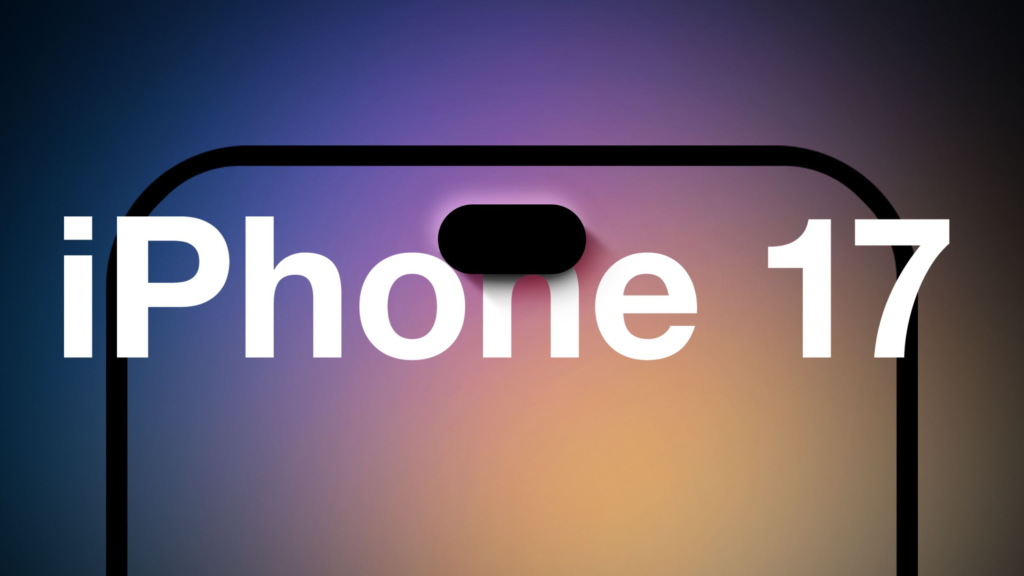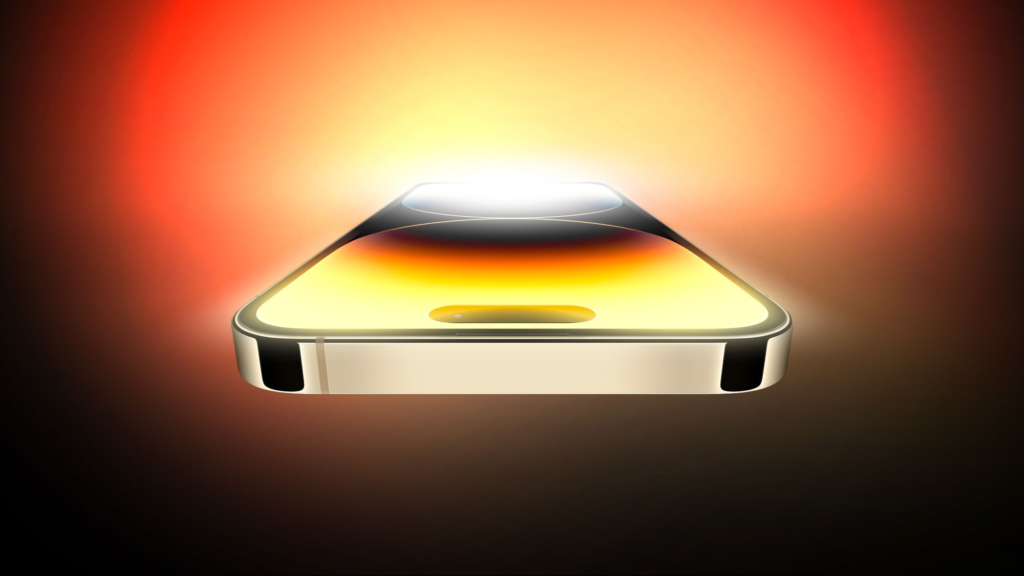The iPhone 17’s 4K resolution is making waves as a potential game-changer in mobile technology. While 4K displays have become the norm in televisions and high-end monitors, bringing this level of detail to a smartphone signals a bold leap forward. Apple’s rumored decision to include 4K resolution on the iPhone 17 is poised to redefine how we experience media on handheld devices. For those who demand crisp visuals and unparalleled clarity, this could be the innovation that sets a new standard.
Why 4K on a Smartphone Matters

A 4K display offers four times the pixel density of a standard Full HD screen, resulting in a sharper, more vibrant viewing experience. On a device as compact as the iPhone 17, this enhancement means even the smallest details become visible. Whether you’re streaming movies, editing videos, or simply browsing photos, 4K resolution ensures visuals that feel lifelike.
The compact screen size amplifies the impact of 4K. Pixels per inch (PPI) increase significantly, making images appear smoother and text sharper. This advancement is especially beneficial for professionals like photographers, videographers, and designers who require high-precision displays on the go. Furthermore, with the growing popularity of augmented reality (AR) applications, 4K visuals bring more realism to virtual overlays.
Engineering a 4K Display for the iPhone 17

Achieving 4K resolution on a smartphone requires overcoming significant engineering challenges. Apple’s approach reportedly includes advanced OLED technology to deliver stunning contrast ratios and energy efficiency. These displays are not only brighter but also thinner, allowing for a more compact and lightweight design.
To handle the increased power demands of a 4K display, the iPhone 17 is expected to feature the A17 Bionic chip. This processor’s efficiency ensures extended battery life despite the higher resolution. Moreover, adaptive refresh rate technology might be incorporated, adjusting the display’s frame rate based on content. This not only conserves energy but also enhances the user experience by providing smooth visuals for gaming and video playback.
Content Creation and Consumption
4K resolution isn’t just about consumption; it’s a boon for content creators. The iPhone 17’s camera system, paired with its display, makes it a powerful tool for shooting and editing high-definition videos. Users can capture footage in 4K and immediately review it in its full glory on the same device. Advanced color calibration ensures accurate representation, crucial for professional-grade editing.
For streaming enthusiasts, platforms like Netflix, YouTube, and Apple TV+ already offer 4K content. The iPhone 17’s display enhances this experience, offering HDR support for deeper blacks and brighter highlights. Even gaming sees a boost, with the potential for 4K visuals making mobile gaming more immersive than ever before.
Addressing Concerns
While the idea of 4K on mobile is exciting, it’s not without challenges. Increased resolution requires more storage space for media files and applications. Apple may address this by introducing higher storage variants and optimizing file compression technologies. Additionally, some users may worry about battery life, but the A17 Bionic chip’s efficiency and software optimizations are designed to mitigate this issue.
Cost is another factor. 4K displays are expensive to produce, potentially raising the iPhone 17’s price. However, for users who prioritize top-tier technology, the investment could be worthwhile. The durability of materials like ceramic glass and titanium further enhances value, ensuring the device remains a long-term asset.
The Future of Mobile Displays
The iPhone 17’s 4K resolution represents more than just a technical achievement; it’s a shift in how we perceive mobile devices. As competitors race to catch up, Apple’s commitment to innovation continues to set benchmarks. The introduction of 4K could pave the way for further advancements, such as foldable screens or enhanced AR capabilities.
For now, the iPhone 17’s display promises to elevate daily tasks, from reading emails to watching movies, into visually stunning experiences. It’s a reminder of how far smartphone technology has come and a glimpse into its potential future.

